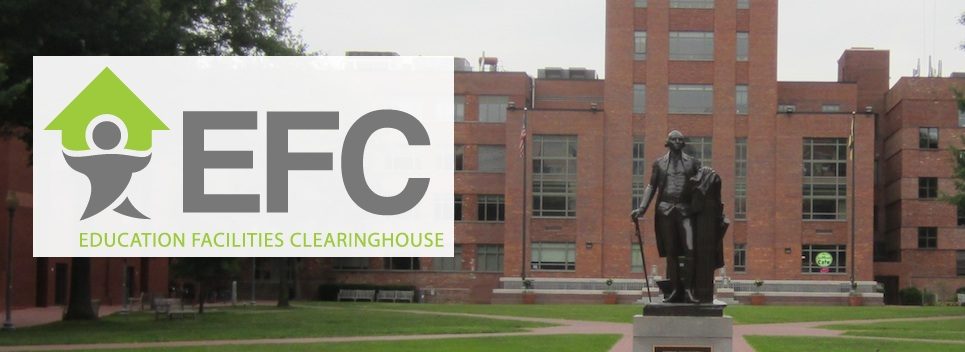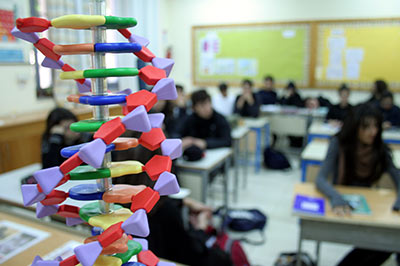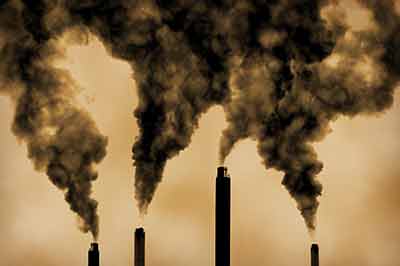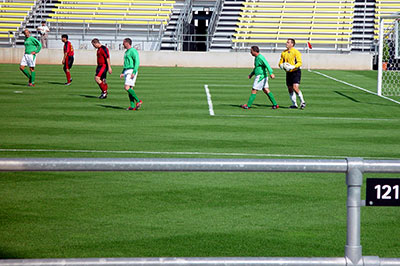Pearhouse et al., 2009
The aim of the JELS project was to identify and review the tools, methods and frameworks used to evaluate technology supported or enhanced physical learning spaces. A key objective was to develop the sector knowledgebase on innovation and emerging practice in the evaluation of learning spaces, identifying innovative methods and approaches beyond traditional post-occupancy evaluations and surveys that have dominated this area to date. The intention was that the frameworks and guidelines discovered or developed from this study could inform all stages of the process of implementing a technology supported physical learning space. The study was primarily targeted at the UK HE sector and the FE sector where appropriate, and ran from September 2008 to March 2009.











